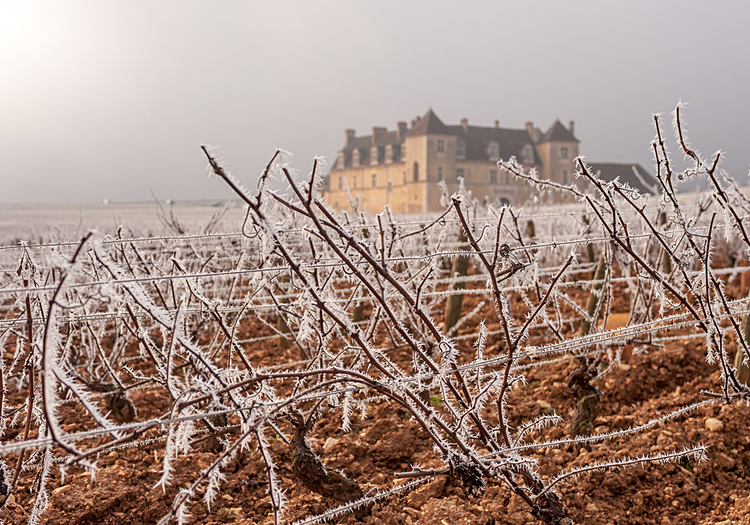Hey gang! We have two questions for you today! What style of Chardonnay do you like best, and do you prefer it cool, at cellar temperature, or ice cold?
Asking your support
Your paid subscriptions on Substack finance the wines I review. If you already subscribe, thanks: Your support means a lot! If not, won’t you consider subscribing today?
This is a question that I might not have even bothered to ask just a few years ago, when it seemed that the Chardonnay I liked – complex, lean, or structured, like Chablis or White Burgundy – was too expensive, and the Chardonnay I could sometimes afford was usually fat, buttery, loaded with oak that largely overwhelmed any fruit.
Facing a choice like that, when I wanted a white wine, I generally fled to Chenin Blanc, German or Austrian Riesling, or less familiar Italian or Southern French white varieties that could satisfy my preference for dry, interesting whites.
But times are changing, at least a little. The critic-driven taste for big, oaky Chardonnays has faded, perhaps mirroring the decline of market-moving critics themselves.

Here’s a cooling image for a simmering summer day: Ice-covered vineyards surrounding the Clos de Vougeot Castle in Burgundy’s Côte de Nuits, from 6 reasons to come to Burgundy in winter on the La Bourgogne Burgundy tourism website.
Generational changes in wine tastes may be driving a new market, too. “Today’s younger wine consumers. They’re not into the big, oaky, tannic wines with a lot of alcohol and mouthfeel,” agriculture finance website TerrainAg.com’s wine and grape analyst Chris Bitter wrote in How Are the Younger Generations’ Wine Preferences Evolving? I’m not all that young anymore, but I go along with that attitude!
Still, my taste buds send me back to Burgundy when I want memorable Chardonnay, and the good news is that – even if high-end White Burgundy can still command breathtaking prices – it’s still possible to enjoy excellent examples at prices in the lower $20s if not the bargain basement.
How to find them? First, give up hope of scoring more sought-after producers or elevated regions at those prices. Rather, head for more generic but still decent regions like Mâcon-Villages or Bourgogne Chardonnay, and sort those out by checking the back label for trustworthy importers like Berkeley’s Kermit Lynch, source of today’s featured Domaine Henri Perrusset 2023 Mâcon-Villages Chardonnay. Unoaked, complex, and deliciously refreshing on a hot summer day, it was well worth my $24 local toll.
Which brings us back to that second question: What serving temperature works best? As a general rule, I like good white wines cool and red wines at room temperature, assuming that “room temperature” features air conditioning when it’s needed.
But chill a wine too cold and you’ll stun your taste buds into inactivity, losing the benefit of the complexity and elegance that you paid for. For very good whites like this, I’ll pop it in the fridge for a half hour or the freezer for 10 minutes, no more. This is just long enough to impart a refreshing chill without diminishing the wine’s good flavors.
That approach worked fine for this wine, opening up an array of fruit flavors, crisp acidity, and a hint of stony minerality. It was a really hot day, though, so I wondered what a deeper chill would do. Back in the fridge for another hour, and … hmm. It was still very good and, okay, gulpable and fresh. But in my opinion, the chill exposed a harsher acidic edge and sapped some of the wine’s complexity and balance. No worries. A few minutes on the dinner table brought it right back into form.
What style of Chardonnay do you like best? Do you prefer it cool, at cellar temperature, or ice cold?
Since I buy all the wines I review at retail and do not accept wine samples or other gratuities from the industry, I count on the support of paid subscribers to help cover the cost of the wines I review. So, I have to reserve wines that cost me more than about $20 behind our subscription paywall. If you haven’t become a full subscriber yet, I’d love to have your support. Click here for information on our paid-tier edition. Our free-to-all edition featuring a quality wine for $20 or less will return in its biweekly cycle next week.

Support The 30 Second Wine Advisor with your paid-tier subscription. For $5 per month or $50 for a year (a 17% saving), you’ll receive additional wine notes funded by your subscriptions, gain quick direct access through Substack for wine-related questions, and gain my real appreciation for your support.




